I must confess, I am rarely on top of the latest, newest thing out there. I was one of the last ones to get a DVD player, an iPod, a cell phone, a digital camera and so on and so on.
But lately I’ve been seeing all kinds of YouTube videos about the new IOD product, paint inlays.
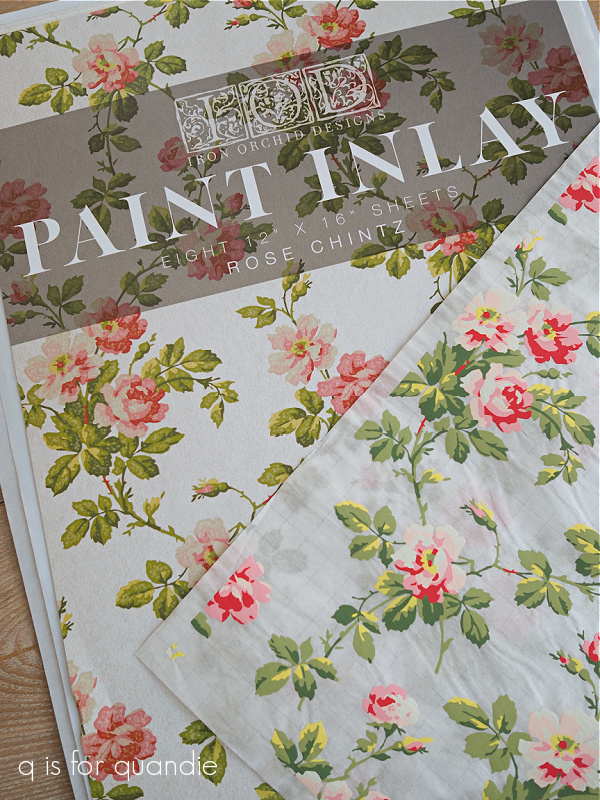
While out visiting my mom in Las Vegas, I popped into a shop called Bloom. There are several Bloom locations in her area, but I went to the one in The District (I’ve also been to the one in Boulder City on previous visits).
They just happen to be IOD stockists, although I will warn you now, don’t go in there expecting to see a large inventory of IOD products. They had a handful of transfers, some of the molds (although none of the paper clay that I was hoping to find) and just a couple of the new paint inlays. I would have loved to get the Grisaille Toile one, but they didn’t have that one. They did however have the Rose Chintz.
As I’ve mentioned previously, I’m still a sucker for Rachel Ashwell’s shabby chic style and this Rose Chintz falls right in line with that look. So I couldn’t resist.
Now, before I go any further I want to address the elephant in the room. These things are Pricey, with a capital “P”. I paid $47.95 plus tax for one package that includes eight 12″ x 16″ sheets. Ouch!
I know I’ll be able to get quite a few smaller projects out of one package of the sheets, but if you want to use these on a piece of furniture it could get expensive. According to what I’ve seen online, you can get at least two and sometimes three uses out of a sheet before discarding it. However, the look you get on the 2nd pass is not the same as the look you get from a fresh sheet. In other words, you couldn’t really re-use them on the same piece of furniture and expect it to look uniform. I’ll be experimenting with this going forward and I’ll keep you posted on the results.
As with any new technique or product, I highly recommend creating a test board first to avoid wasting too much of your very expensive product if you have a failure while learning. As you’re about to see, paint inlays are nothing like transfers. It’s a totally different process.
So, taking my own advice, I pulled out a small board that I use for lots of practices and gave it a shot.
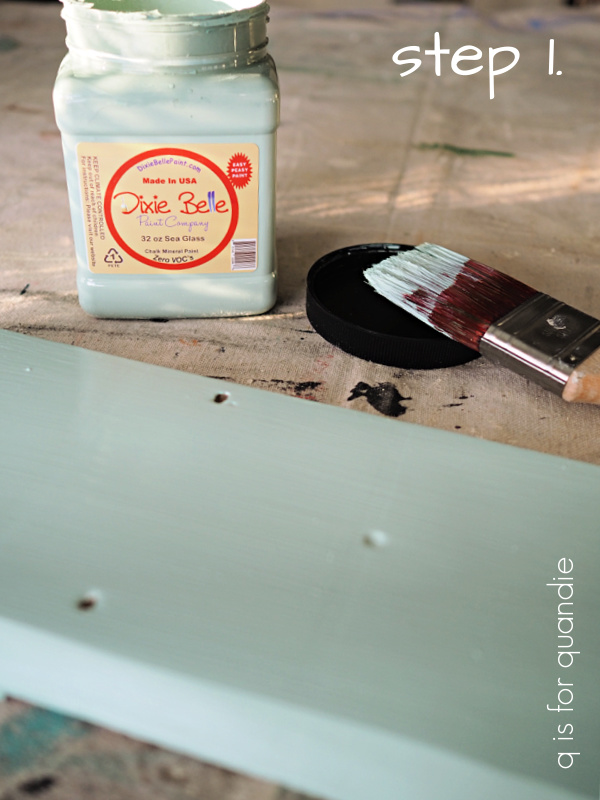
Step 1 – paint a first coat of your chosen paint color. I should note here that this product is best used with chalk style paints only. I used Dixie Belle’s Sea Glass.
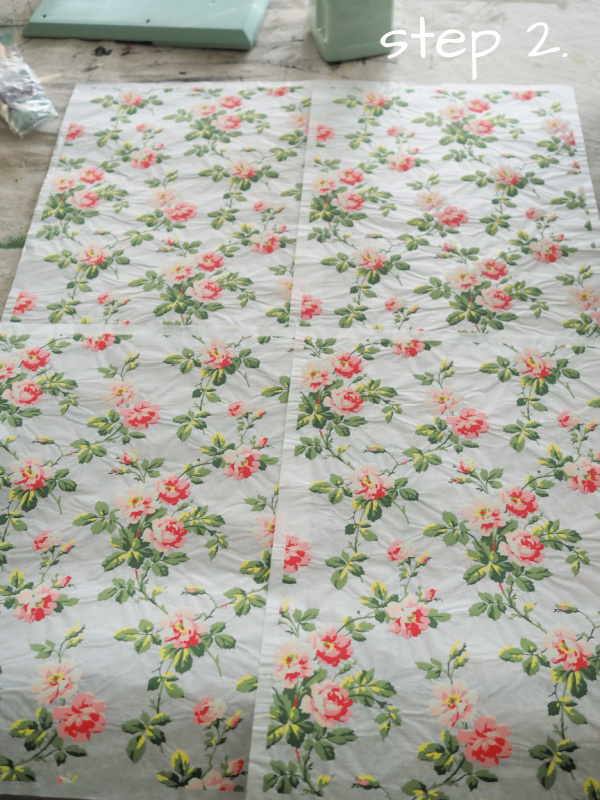
Step 2 – while your first coat of paint is drying, take the time to get the lay of the land with your paint inlays. They all have a repeating pattern, sort of like wallpaper. So all 8 sheets can create one large connected pattern. What I discovered while trying to line up the Rose Chintz is that there are 4 sheets with one pattern, and 4 sheets with a 2nd pattern. Those with the same pattern can be lined up going horizontally all the way across all four sheets. Those with the 2nd pattern can be lined up below the first pattern, and also can go four across. I hope that makes sense.

Step 3 – trim off the excess margin all around each sheet of the paint inlay. This is mainly important if you are going to be lining up the sheets side by side (and if you don’t do it, just remember that the design does not go all the way to the edge of the paper), but I did it for my test project too.

Step 4 – dry fit the paint inlay to your project. In my case, I was just using it on a small board, so I cut the sheet down to size. I didn’t want to waste any of the excess, I can save that to use on another project. If you are using multiple sheets on a larger surface, now is the time to make sure that you know what order they go in, and have them lined up and ready to go.

Step 5 – this isn’t really an official step in the process, but I recommend that at this point you have all of the items you’ll need at hand and ready to go. You’re going to be working in wet paint, so you don’t want to dilly dally looking around for tools. You will need your paint and brush, your paint inlay trimmed, cut to size and ready to go, a spray bottle of water (or a damp rag), and a paper towel. You can also use a brayer, but that’s not an absolute requirement.

Step 6 – apply a generous, even coat of paint to the surface of your project. Since my practice board is small, I could do the whole thing at once. But if you’re working on a larger surface, it’s best to work in sections no bigger than the size of each sheet of the inlay. While the paint is still wet, lay the paint inlay with the pattern side down onto the wet paint. At this point you can either spritz the inlay with water and then use a brayer to press the inlay down, or you can use a damp cloth to press the inlay into your piece. Make sure that the sheet is fully in contact with your paint. You can blot away any excess water using the paper towel.

Step 7 – let it dry. This is the easiest step. Just let the paint and inlay dry. You can tell that it’s drying because the sheet becomes more opaque when dry. Once it is dry to the touch, you can move on to step 8.

Step 8 – once dry, it’s time to remove the paint inlay sheet from your surface. Spritz it again with water. The inlay becomes translucent again. Let the water soak into the inlay paper for about 30 seconds or so, just long enough to soften up the paper backing.
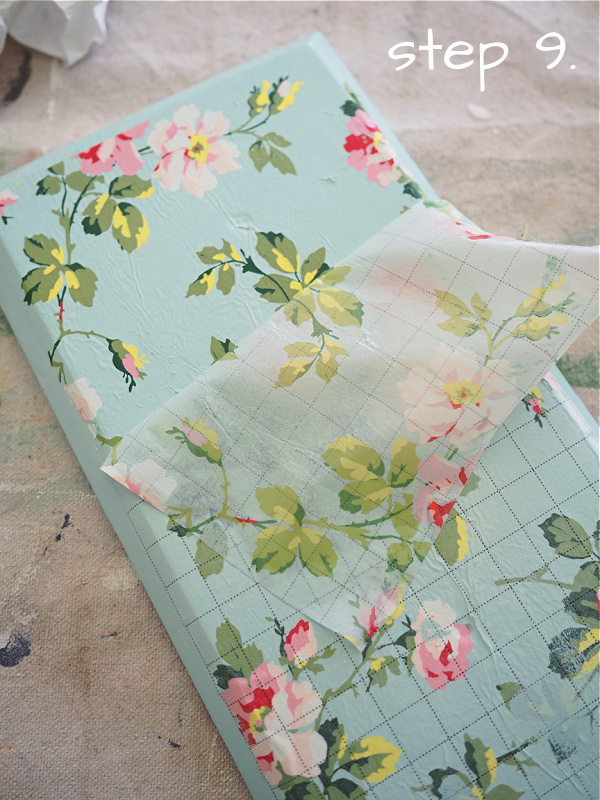
Step 9 – carefully peel away the inlay paper. If you find that you can’t get the paper unstuck, you may need to dampen it a bit more. Let the removed paper dry, and you can then use it again on another project. FYI, the 2nd use will likely produce a more faded looking result. In addition, you’ll see that the paper has taken away with it some of your base paint color, and that color may transfer to the next project somewhat as well.
As you can see in the photo below, places where the paper wrinkled will show as texture in your dried paint. You can reduce that by getting the inlay nice and flat using the brayer in step 6 above. Conversely, you can also leave more texture in the form of wrinkles if you like that look.

Step 10 – once you’ve peeled away the paper, simply let your piece dry thoroughly.
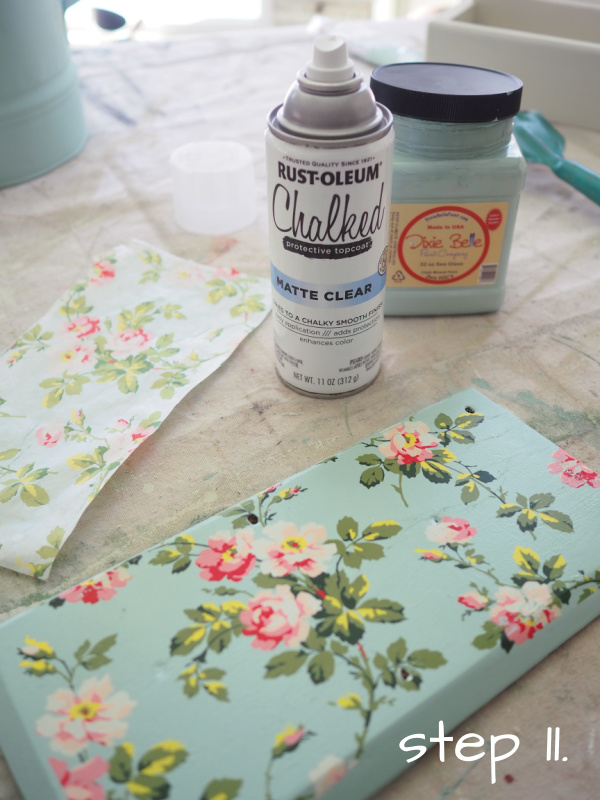
Step 11 – seal the inlay. This is important! It’s best to seal the inlay with a spray sealer of some kind. The inlay paint is easily reactivated with water, or a water based sealer. If you brush a water based sealer over it, or rub over it with wax, it may smear. I say ‘better safe than sorry’, use a spray sealer. I used the Rust-oleum Chalked protective topcoat in matte clear.
Once the topcoat is dry, you can sand to distress and then topcoat again with your finish of choice. In my case, I sanded my board to distress the edges and also to knock back a little bit of the texture overall. Then I added a coat of clear wax.
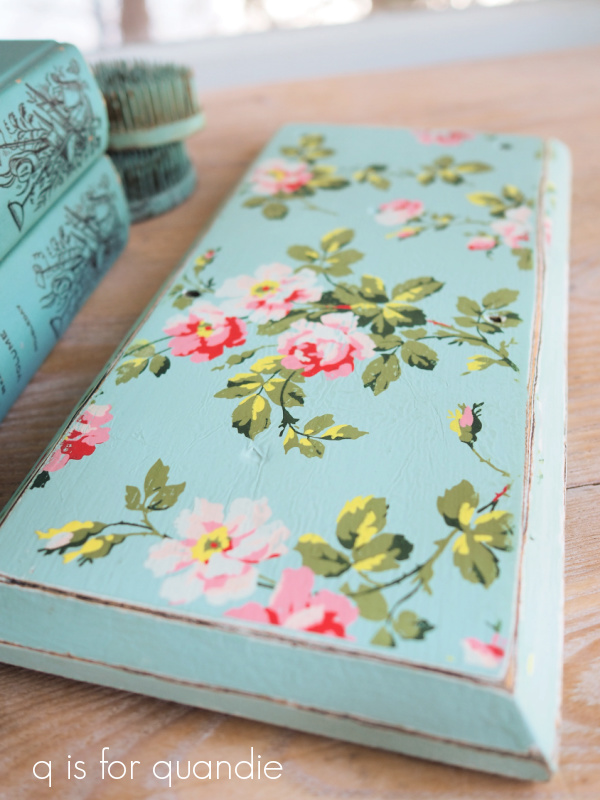
Isn’t that pretty?
I feel like the look is reminiscent of vintage wallpaper. Mr. Q says the end result looks much more like a hand-painted design rather than a decal. If you’re one of those people that just can’t live with the slight halo that comes with transfers (although that problem has really been minimized in more recently released transfers), you might really love paint inlays. So far there are only three designs available, but I’m sure there will be more coming in the future (at least I hope so).
Be sure to pin this post so you can refer back to it when you get some paint inlays!

If you want more instruction on using this product in a video format, I recommend checking out this video from Lynne at ellen j goods.
I’ll be sharing a few more paint inlay projects over the coming week or two, so be sure to stay tuned for that!

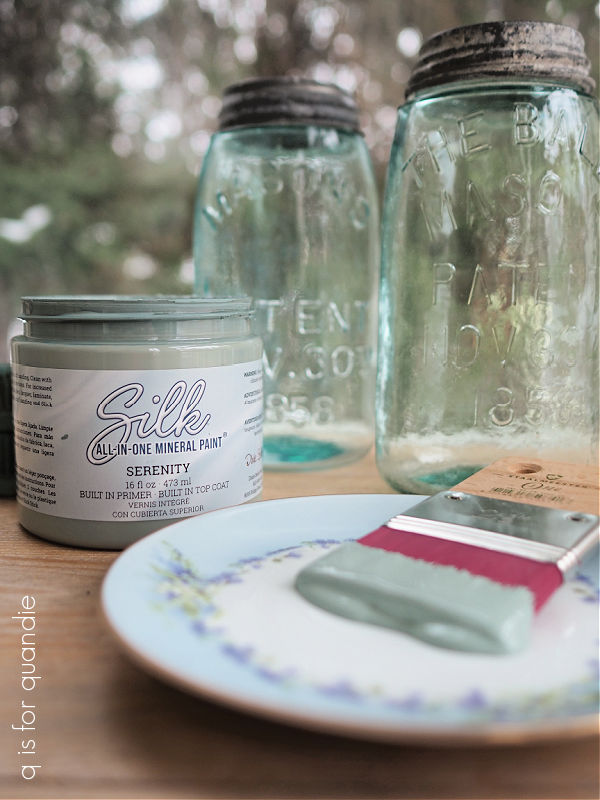

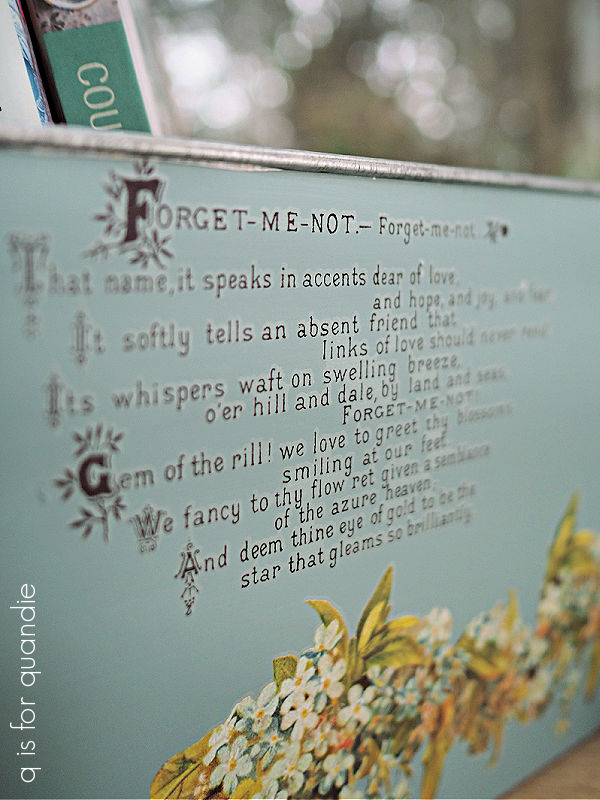
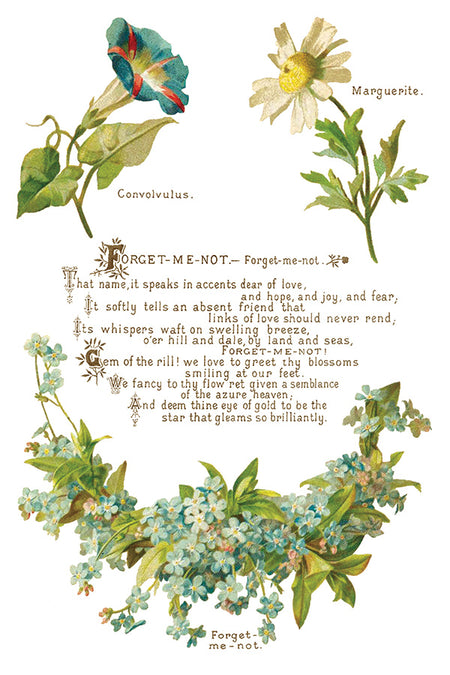




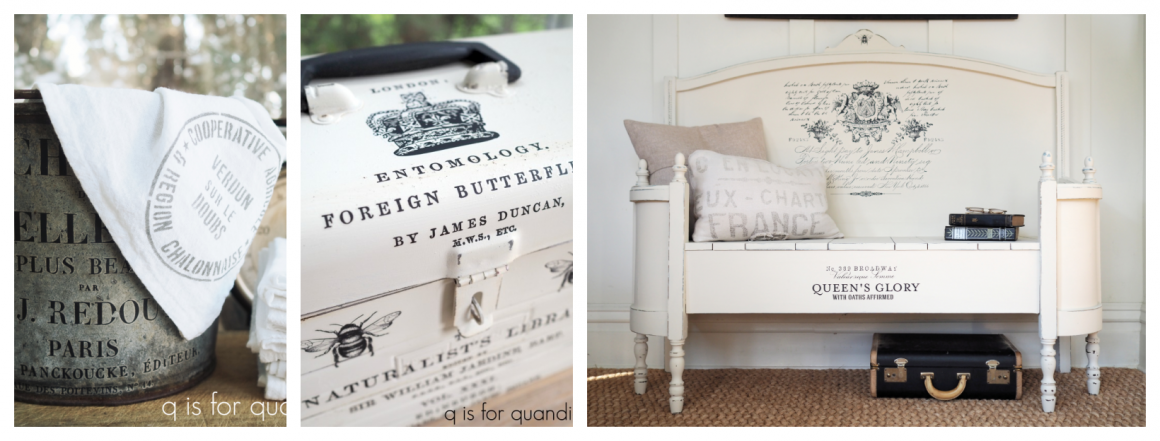













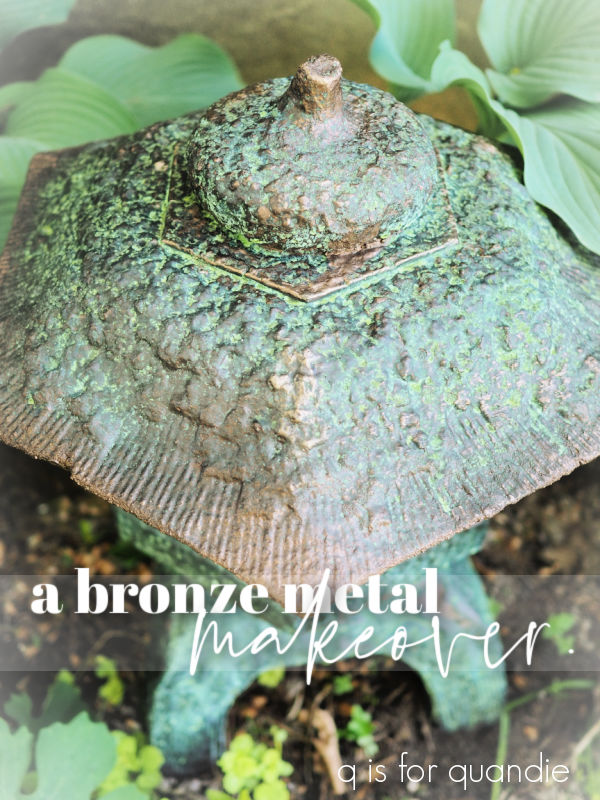

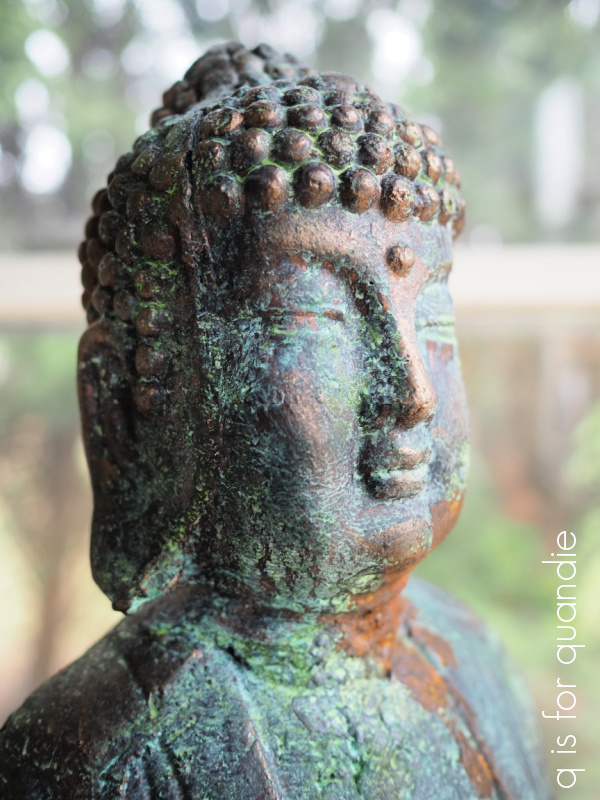 I also added a few rusty spots to him using the Iron paint with the green spray.
I also added a few rusty spots to him using the Iron paint with the green spray.
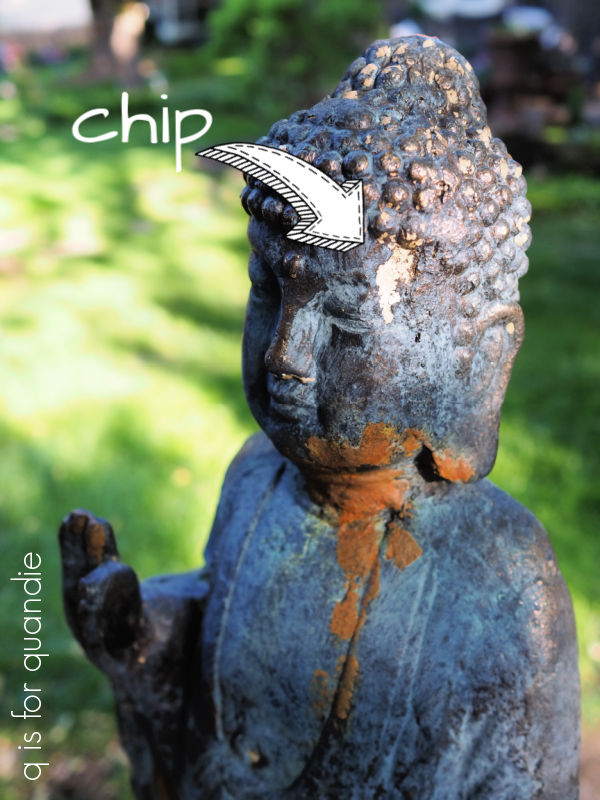

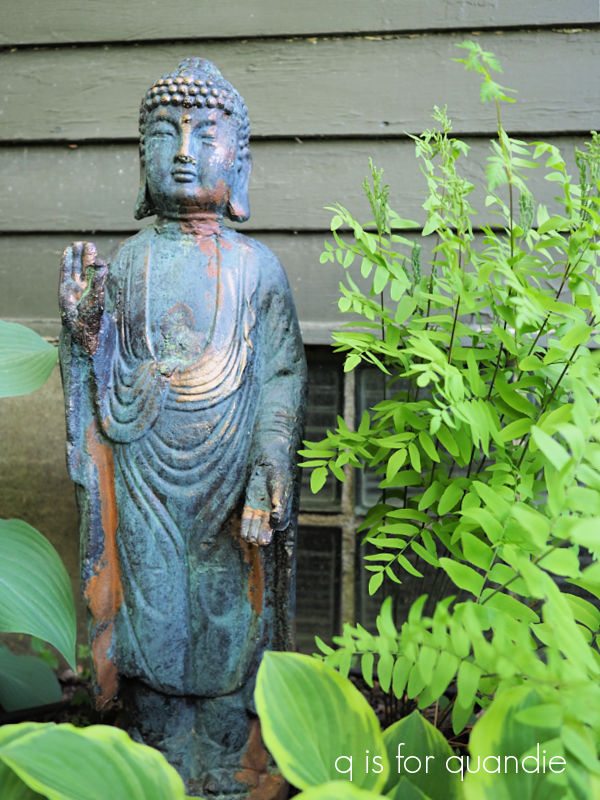
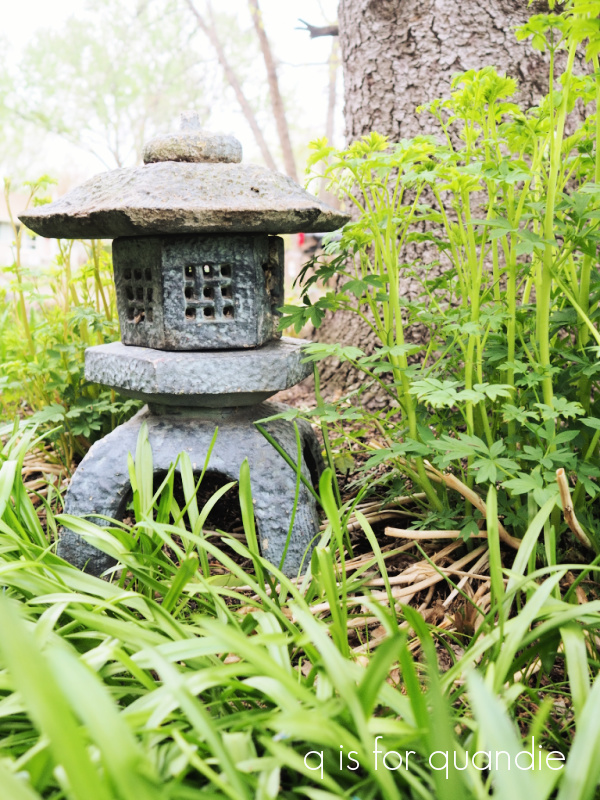


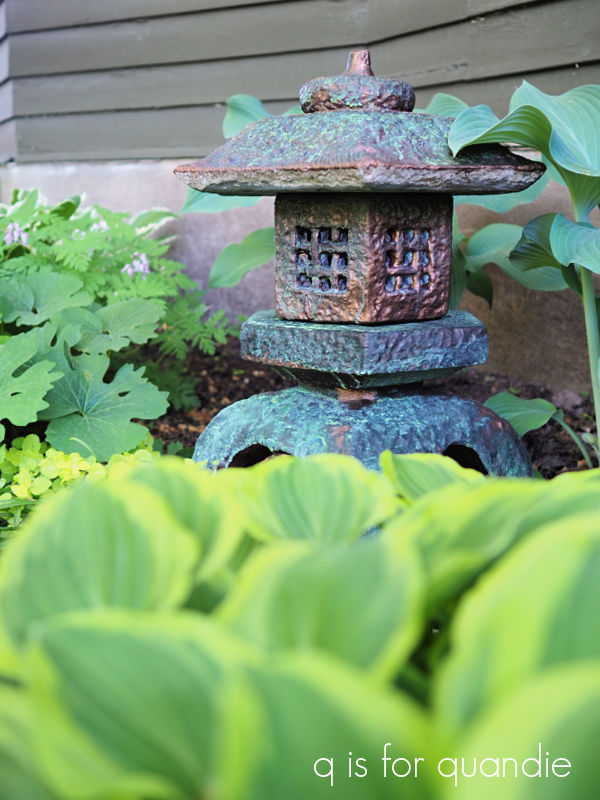

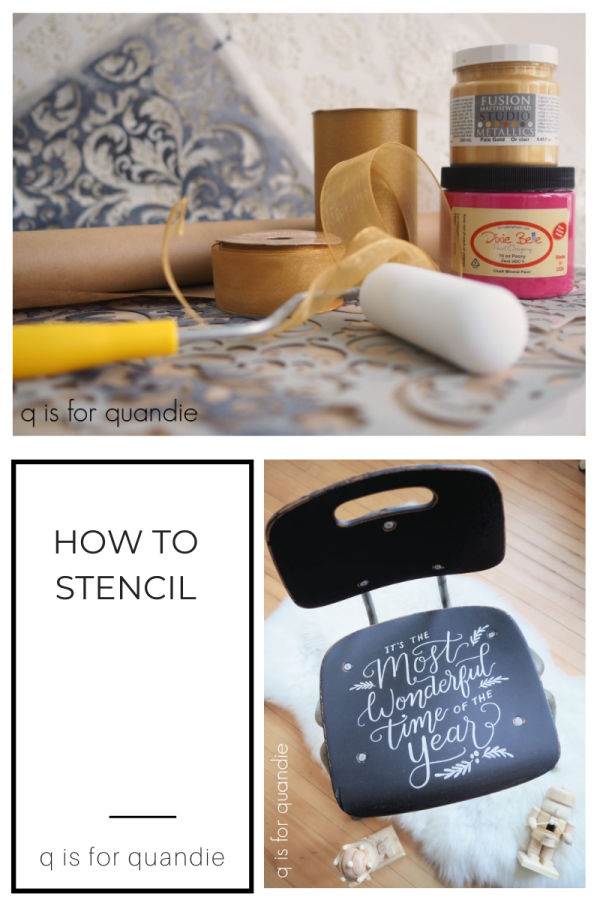

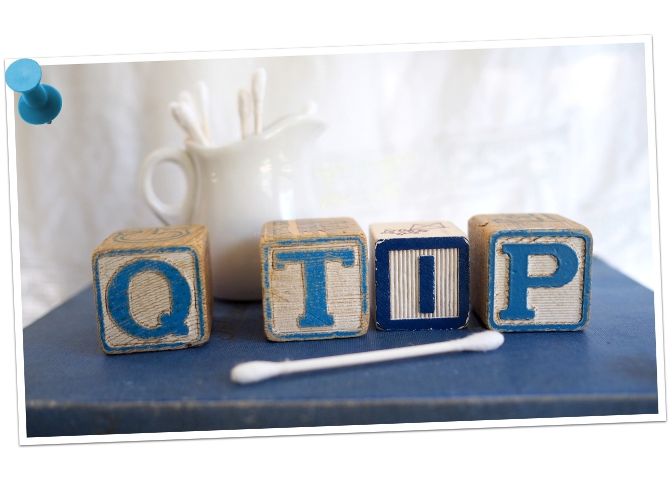

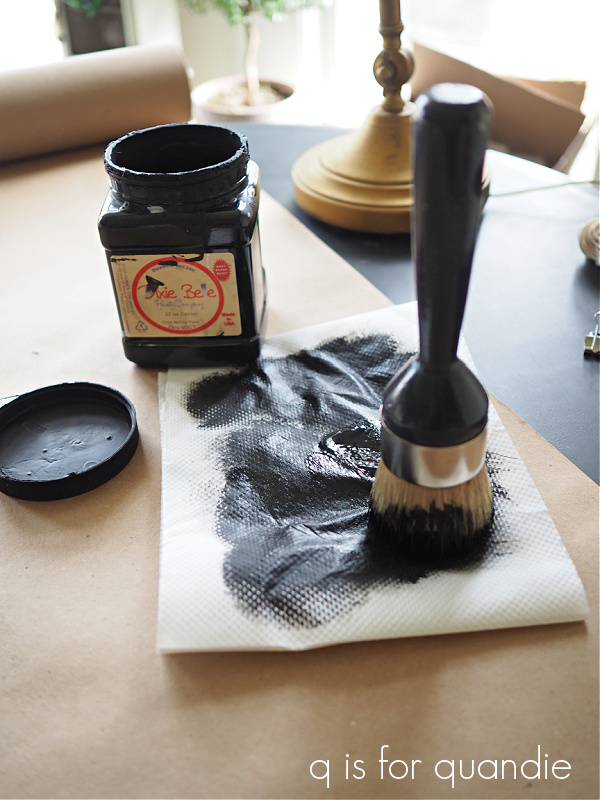



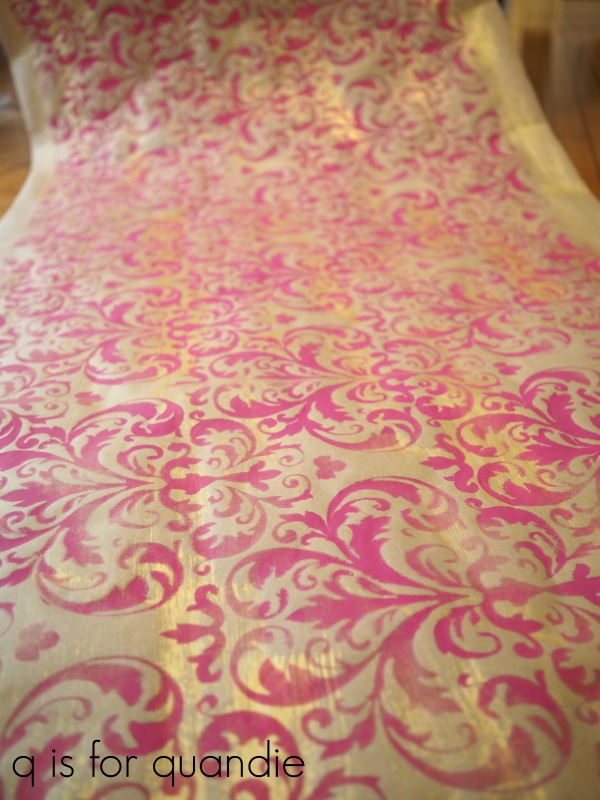









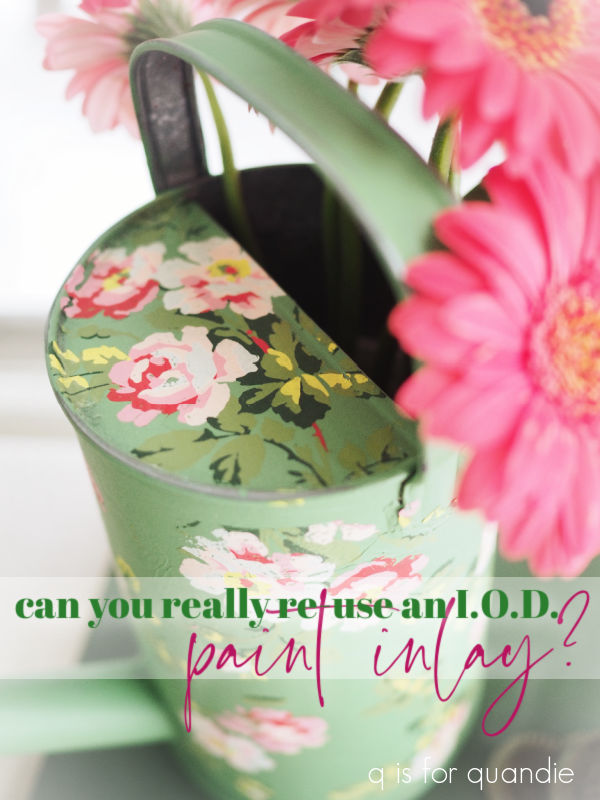


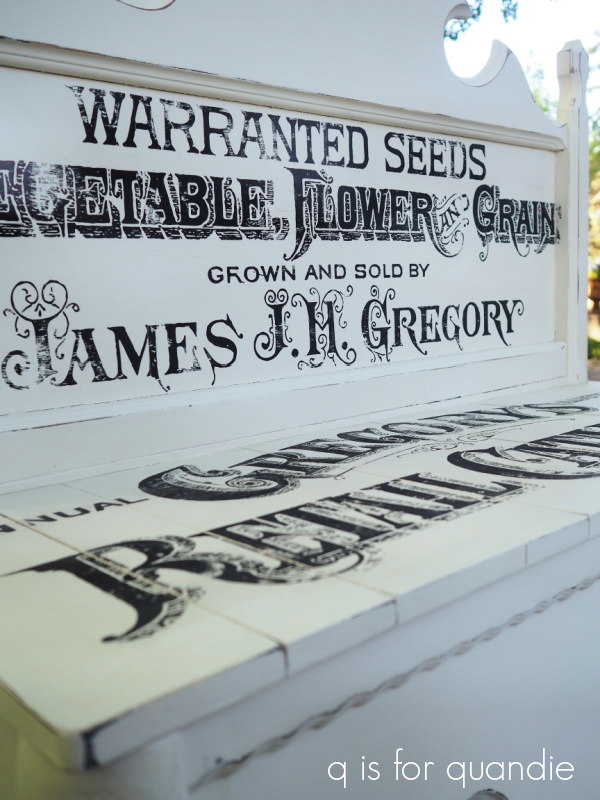

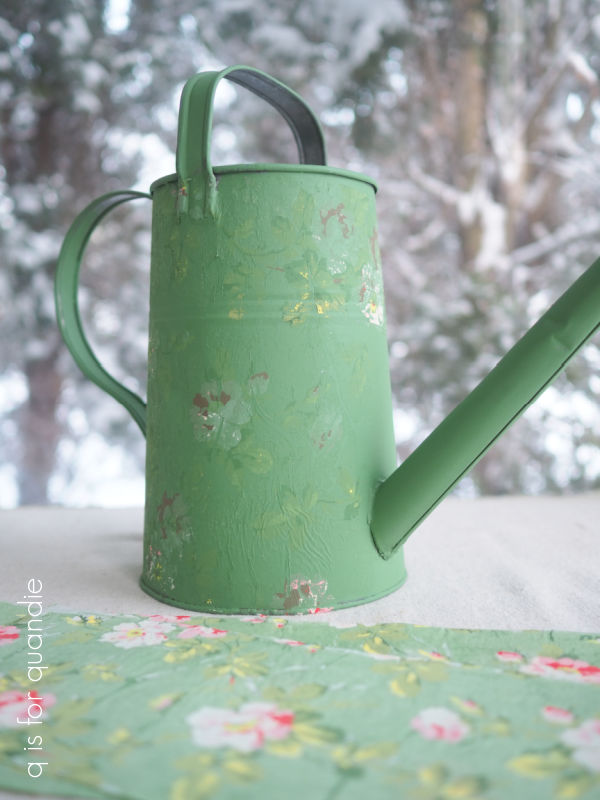
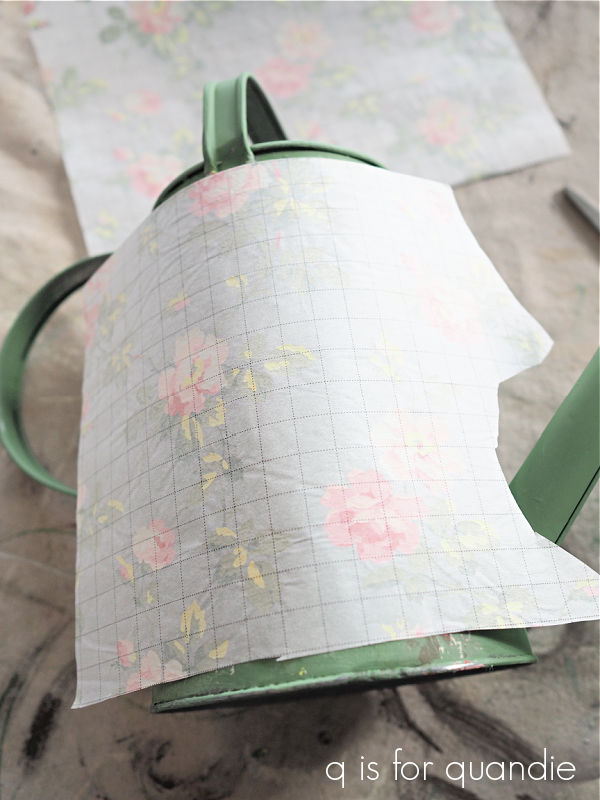














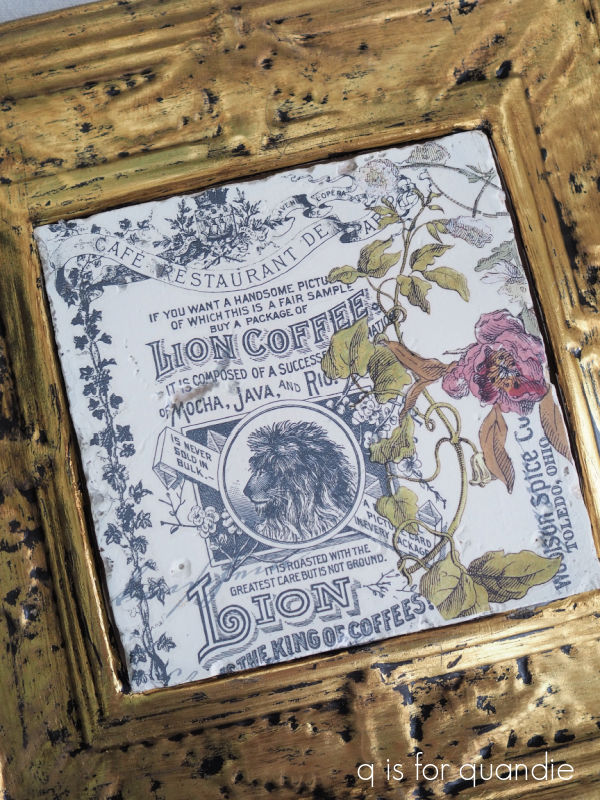
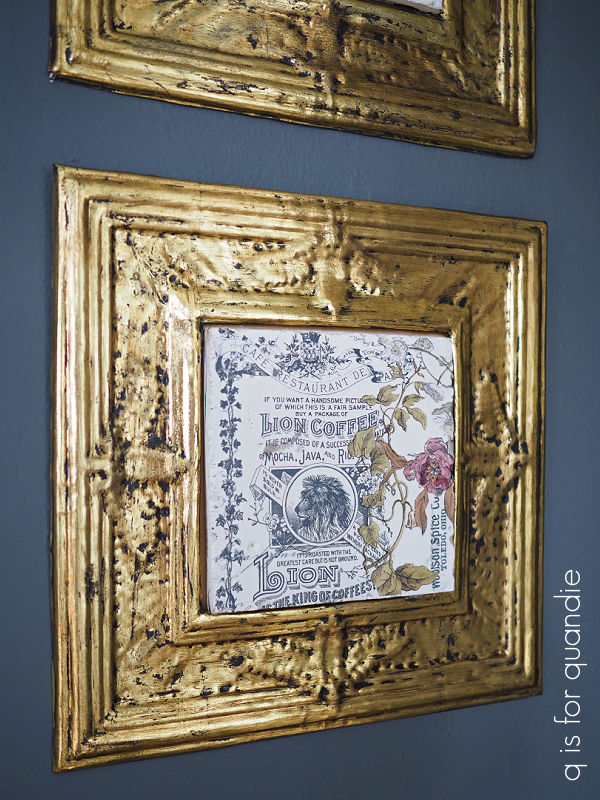


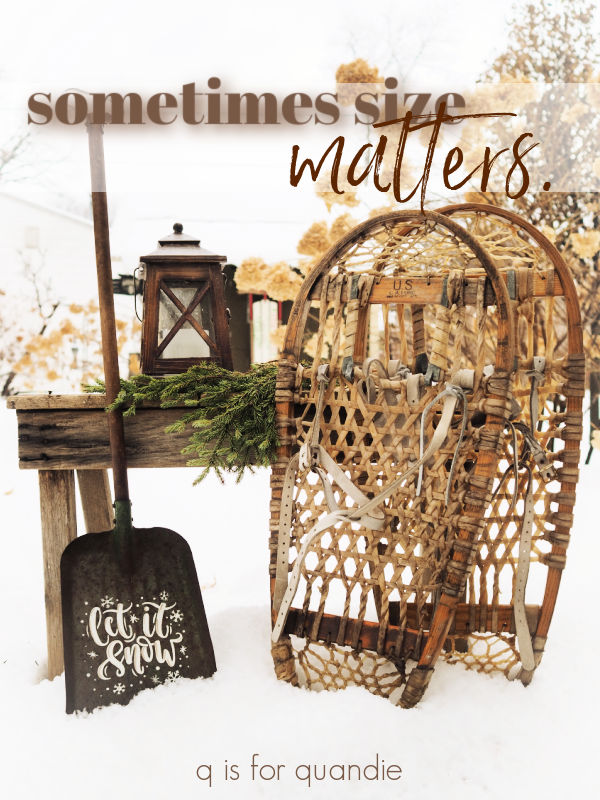
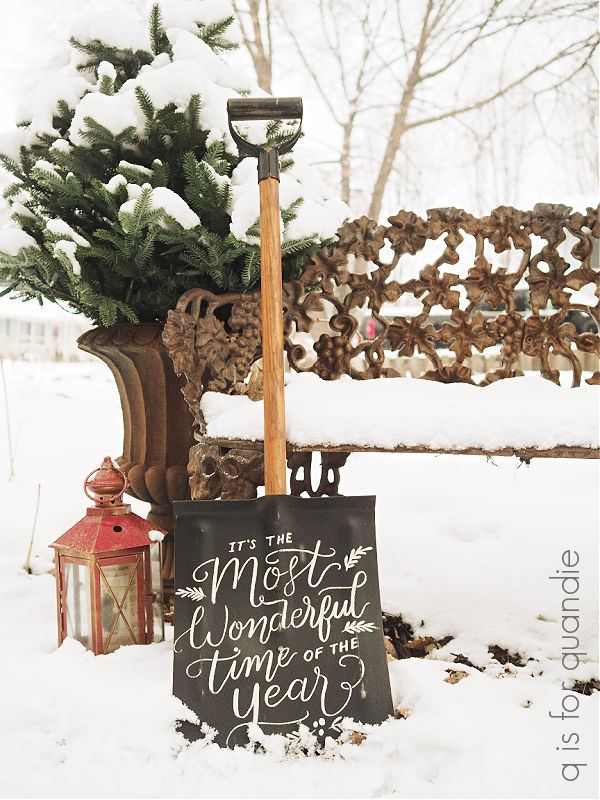








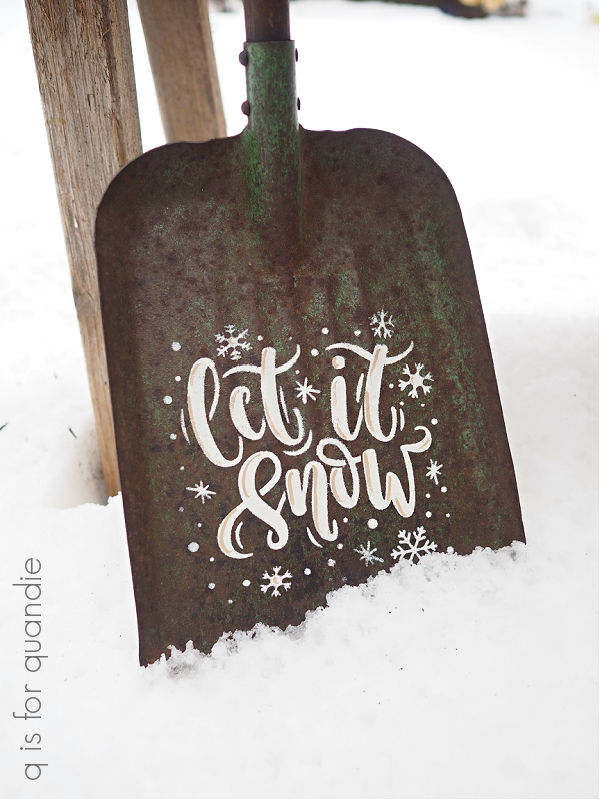

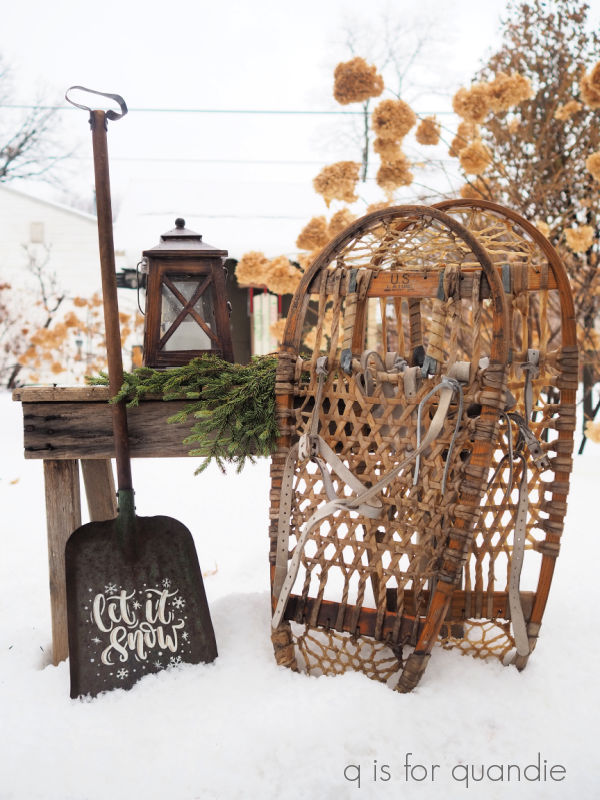
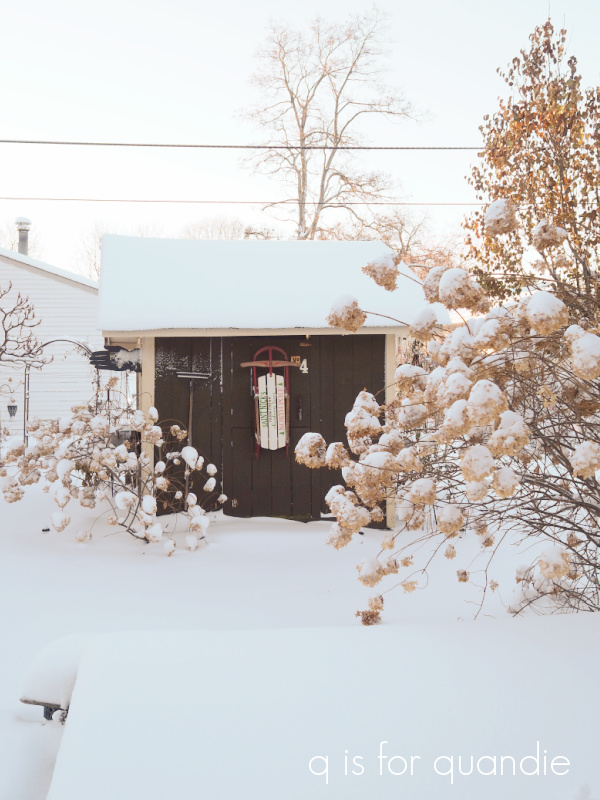



























 If you’re keeping track at all, this will be the 3rd small project I’ve done with this one transfer. I’ve already used it on a
If you’re keeping track at all, this will be the 3rd small project I’ve done with this one transfer. I’ve already used it on a 






